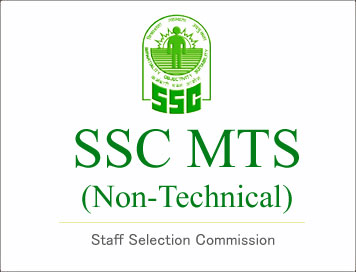
SSC MTS 2021 EXAM PAPER : Held on 18 JULY, 2022 Shift-1
Q.1 Select the most appropriate meaning of the given idiom.
Below the belt
1. Without any effort
2. Very quickly
3. Cruel and unfair
4. Suspiciously
Q.2 Select the option that will improve the underlined part of the given sentence. In case no improvement is needed, select 'No improvement required'.
Her forty-fourth birthday had just passed, unnoticed by all but herself.
1. had just passed, unnoticed by but all herself
2. has just passed, unnoticed by all herself
3. has just passed, unnoticed by but all herself
4. No improvement required
Q.3 Parts of the following sentence have been given as options. One of them may contain an error. Select the part that contains the error from the given options. If you don’t find any error, mark ‘No error’ as your answer.
He sat down in a darkly corner and covered his face, and would not say a single word to anyone.
1. No error
2. and covered his face, and would
3. He sat down in a darkly corner
4. not say a single word to anyone
Q.4 Parts of the following sentence have been given as options. One of them may contain an error. Select the part that contains the error from the given options. If you don’t find any error, mark ‘No error’ as your answer.
The goons fled after kill a boy in the street.
1. No error
2. boy in the street
3. after kill a
4. The goons fled
Q.5 Select the most appropriate option to fill in the blank.
She smashed a ______ of glass with the metal vase.
1. pion
2. pawn
3. pane
4. pain
